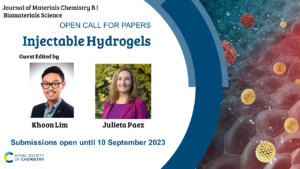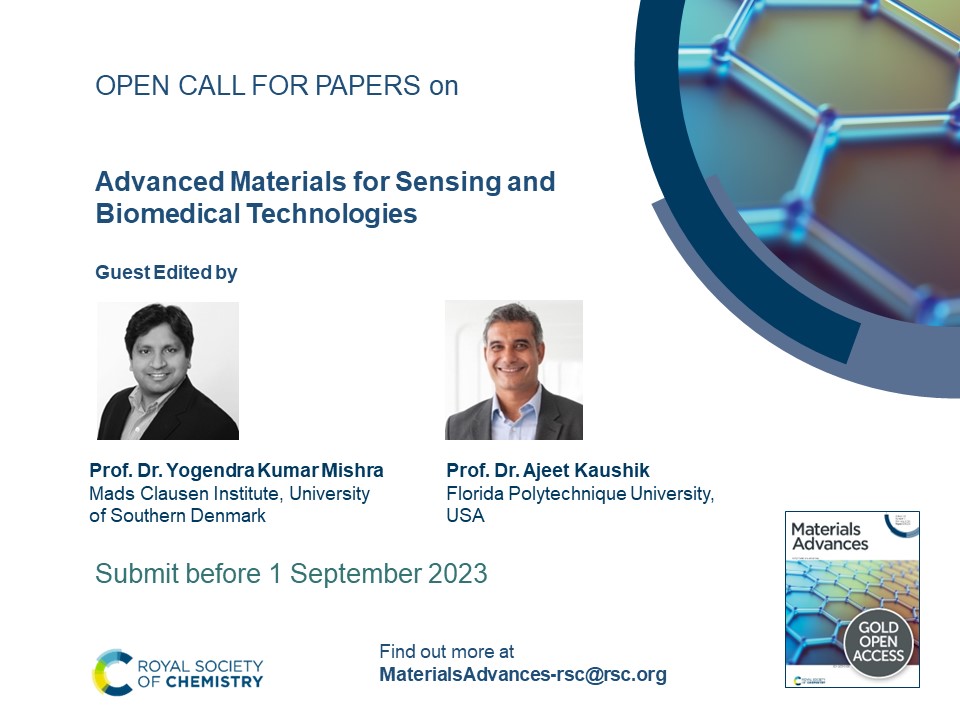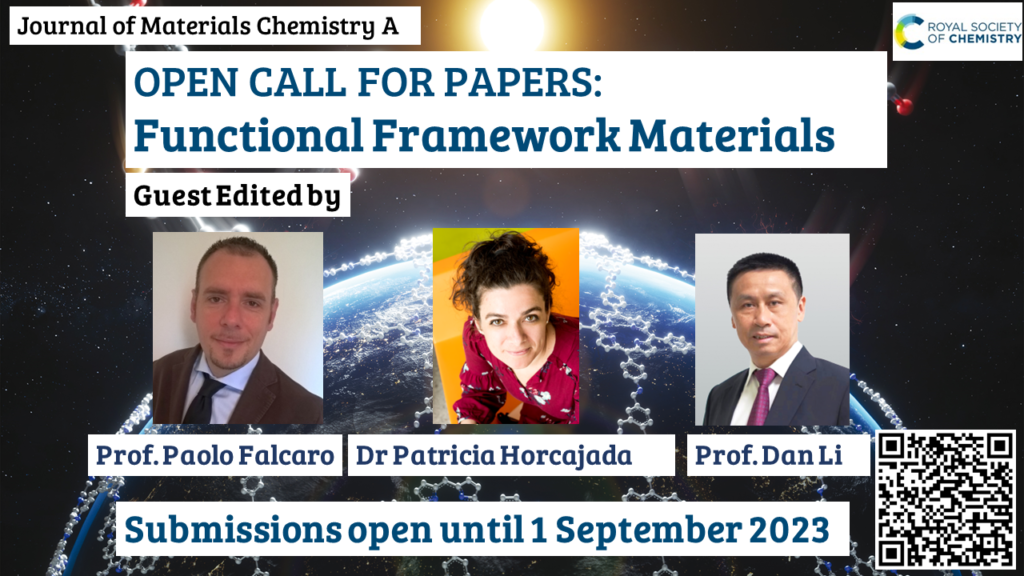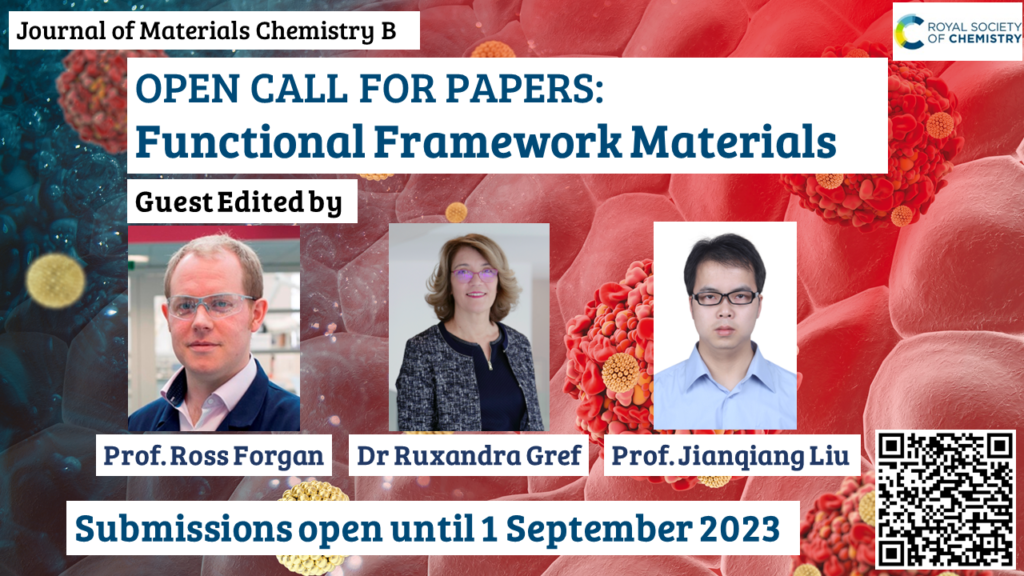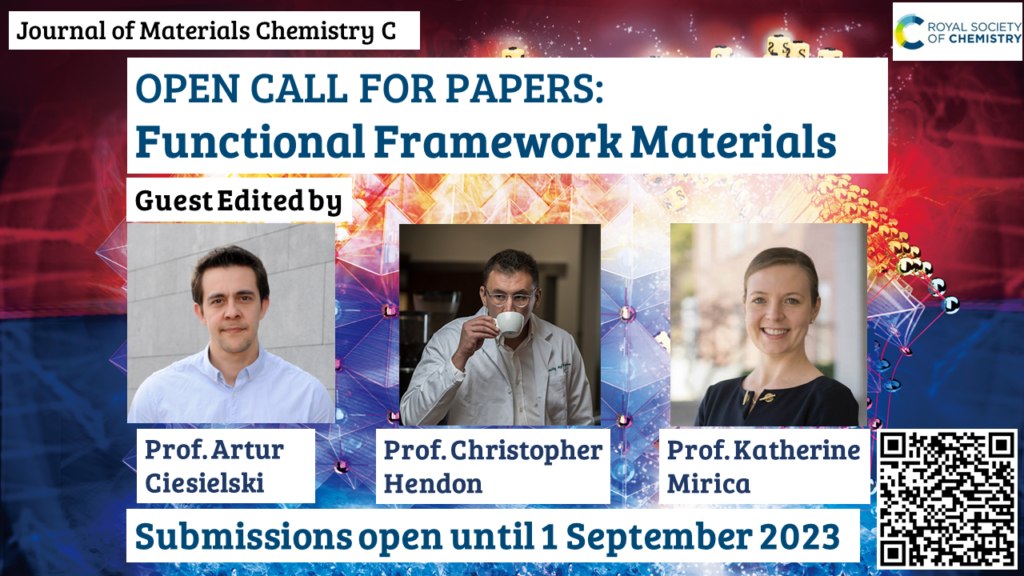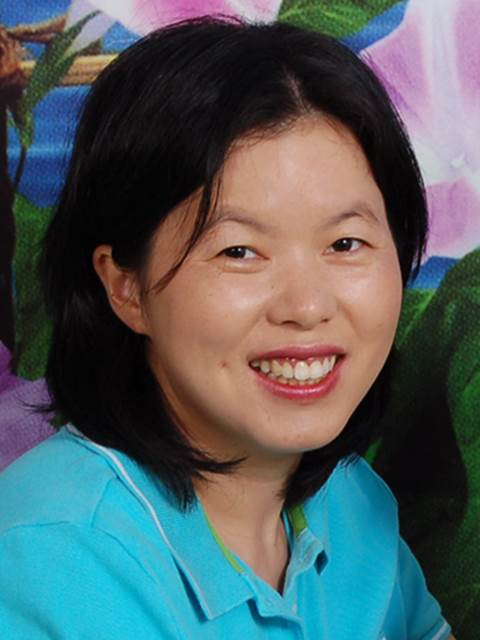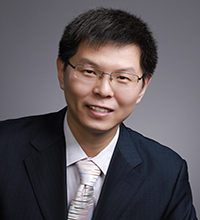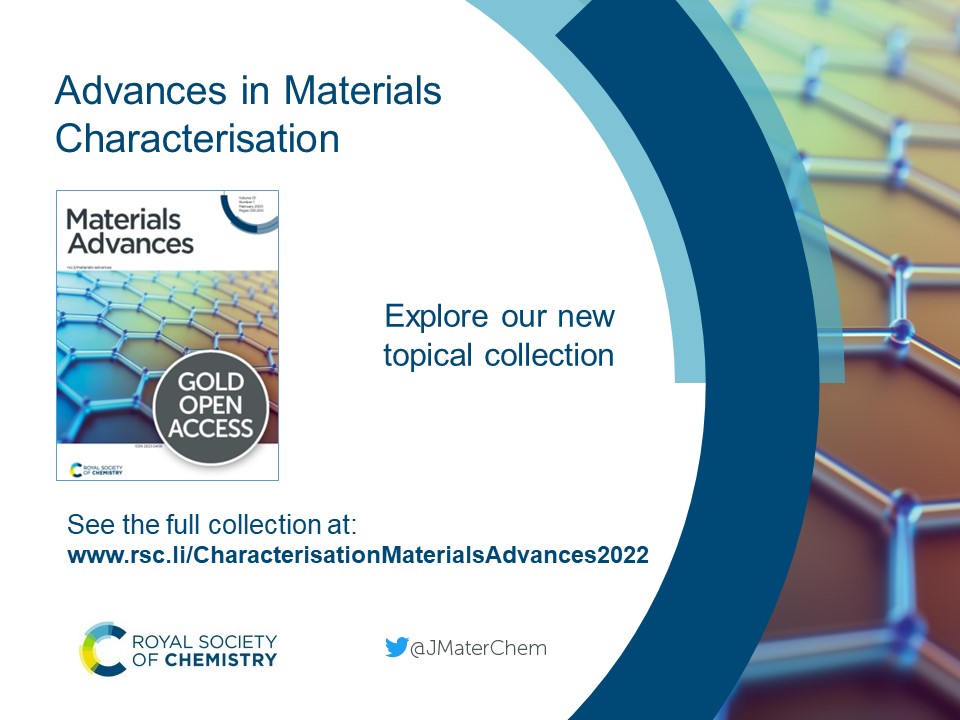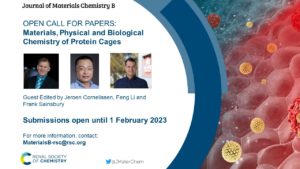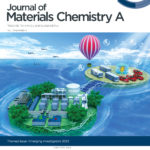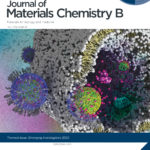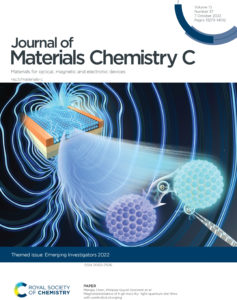Call for papers: Injectable Hydrogels
Guest Edited by Dr Khoon Lim and Dr Julieta Paez
We are delighted to announce a special themed collection on Injectable Hydrogels to be published across Biomaterials Science and Journal of Materials Chemistry B. This collection is Guest Edited by:
Dr Khoon Lim (University of Sydney, Australia)
Dr Julieta I Paez (University of Twente, The Netherlands)
Injectable hydrogels have emerged as intelligent and versatile materials that have been proven to possess huge potential for many biomedical applications including drug delivery, tissue engineering, and regenerative medicine. Hydrogels are a class of polymers with highly hydrated 3D networks that have microenvironmental properties such as oxygen/nutrient permeability that are similar to the native extracellular matrix. In addition to possessing the typical advantages of conventional hydrogels, injectable hydrogels offer an extra unique feature, which enables minimally invasive injectability and durability for irregularly shaped sites. As such, there has been a growing interest of using injectable hydrogels as scaffolds/carriers for therapeutic agents, including but not limited to drugs, cells, proteins, and bioactive molecules, targeted to treat chronic diseases including cancer, but also to facilitate the repair and regeneration of damaged organs/tissues.
In this context, it is pertinent to compile this themed collection focusing on recent rapid development in the field of injectable hydrogels. To this end, this themed collection in Journal of Materials Chemistry B and Biomaterials Science aims at providing a platform for recent developments in this rapidly evolving field of injectable hydrogels including, but not limited to:
- Emerging chemistries
- Synthesis pathways
- Fabrication methods
- Cell-material interactions
- In vitro and in vivo performances
- Targeted applications (drug delivery, tissue engineering and regenerative medicine)
Submissions to the journal should fit within the scope of Journal of Materials Chemistry B or Biomaterials Science – Please see the journal’s website for more information on the journal’s scope, standards, article types and author guidelines. We encourage you to submit your work to the journal you feel is most appropriate.
For this collection, we strongly encourage full primary research in the way of Full Papers or Communications.
Submission Deadline: 10 September 2023
If you would like to contribute to this themed collection, please submit your article directly through the Biomaterials Science submission service or the Journal of Materials Chemistry B submission service. Please mention that your submission is a contribution to the Injectable Hydrogels collection in the “Themed issues” section of the submission form and add a “Note to the Editor” that this is from the Open Call. The Editorial Office reserves the right to check suitability of submissions in relation to the scope of both the journal and the collection, and as such inclusion of accepted articles in the final themed collection is not guaranteed. All submissions will be subject to initial assessment and sent for peer review, if appropriate. We cannot guarantee peer review or acceptance of your submission in the journal.
If you have any questions about the collection or the submissions process, please do contact the Editorial Office at materialsb-rsc@rsc.org and they will be able to assist.
We look forward to receiving your latest work and considering it for this collection!


